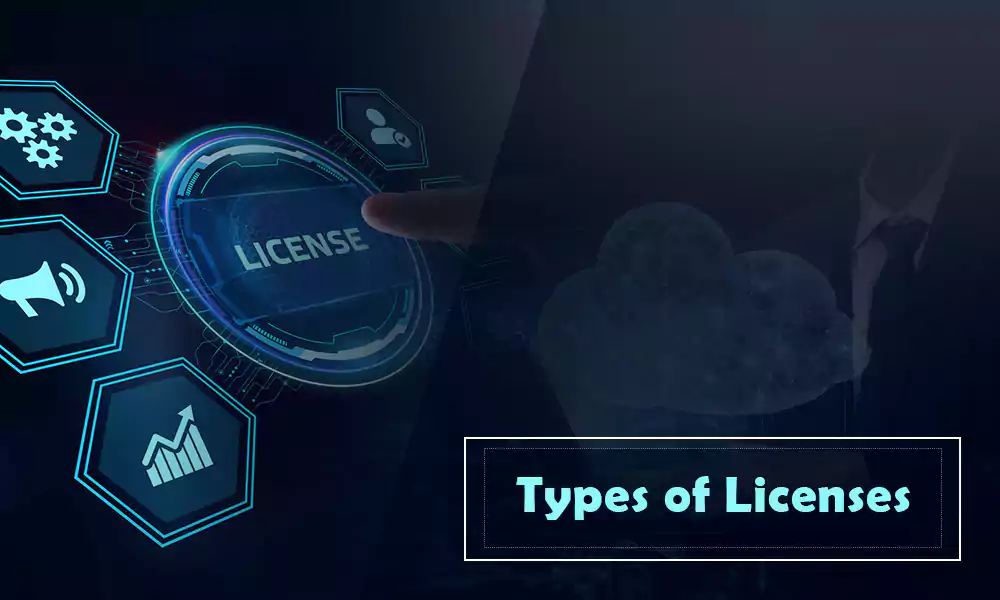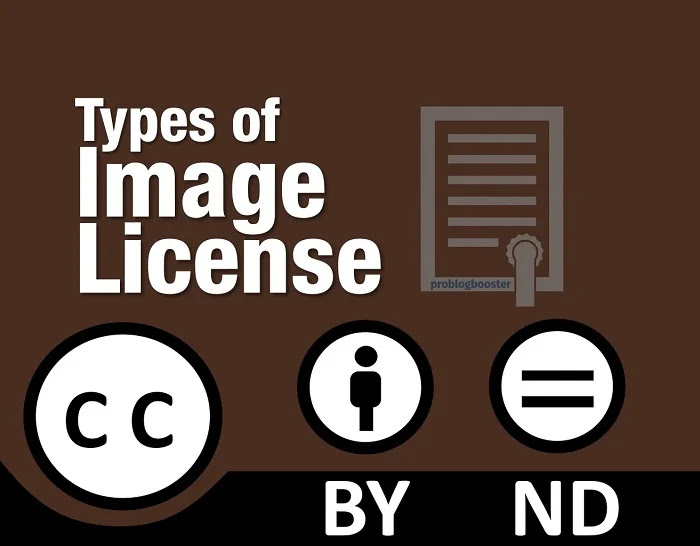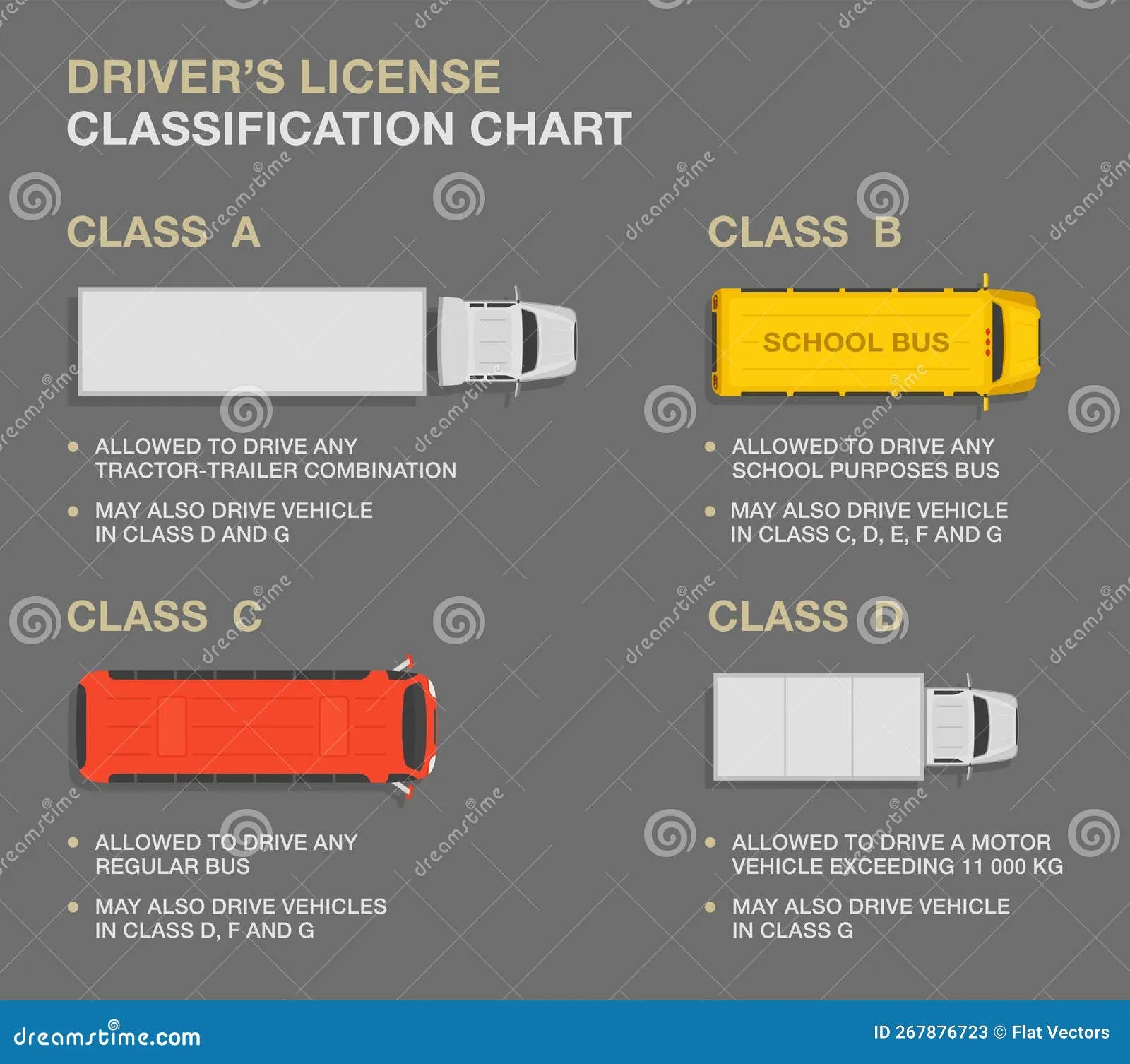Alamy is a fantastic platform for photographers and creators to sell their images to a global audience. But, before diving into the world of stock photography, understanding Alamy's licensing options is essential. Licensing not only defines how an image can be used but also influences potential earnings. Whether you're a budding photographer or an established artist, knowing the ins and outs of
Overview of License Types

Alamy offers several licensing options tailored to different needs and uses. Here’s a quick rundown of the main types of licenses you’ll encounter:
- Royalty-Free (RF): This is the most common license type on Alamy. Once a customer purchases an RF image, they can use it multiple times for various projects without paying additional fees. However, they cannot resell the image or use it in products for resale. Think of it as a one-time pass for unlimited rides!
- Rights Managed (RM): With RM, the buyer pays for specific usage rights, which can include limitations on duration, location, and media type. For example, if a company wants to use an image in a national advertising campaign, they would likely go for an RM license. Prices can vary significantly based on these factors.
- Extended License: This type allows for broader usage rights beyond standard RF or RM agreements. If a customer wants to use an image in merchandise or for print runs exceeding a certain quantity, they might opt for an extended license. This is great for photographers looking to enhance their income potential.
- Editorial Use Only: Images licensed for editorial use can’t be used for commercial purposes. They are typically used in news articles, blogs, and other media that focus on current events or social commentary. This is perfect for photographers whose work captures candid moments or significant newsworthy events.
In summary, understanding these license types not only helps buyers make informed decisions but also empowers photographers to choose the right path for their images. Each license type has its pros and cons, so consider your work and its intended use carefully!
Also Read This: How to Sell Photos Online on Shutterstock and Grow Your Business
Royalty-Free Licenses

Royalty-free licenses are a popular choice for those looking to acquire images without the ongoing cost of royalties for each use. When you purchase a royalty-free license from Alamy, you gain the ability to use the image in multiple projects without paying additional fees every time you use it. This can be a game-changer for designers, marketers, and businesses that rely on visuals to communicate their messages.
Here’s what you need to know about royalty-free licenses:
- Unlimited Use: Once you buy a royalty-free image, you can use it in various formats like print, digital, and even merchandise.
- One-Time Payment: You pay a single fee upfront, which covers all past and future uses, making budgeting simpler.
- No Expiration: The license does not expire, so you can use the image for as long as you desire.
- High Resolution: Most royalty-free images are available in high resolution, perfect for both web and print applications.
However, it’s essential to understand that while you have extensive rights, you cannot resell or redistribute the images. It’s all about using the image in your projects without ongoing costs, making it an excellent option for those needing flexibility and variety.
Also Read This: How to Integrate AlbumParrot with ShootProof
Rights-Managed Licenses

Rights-managed licenses operate differently from royalty-free options, offering a more controlled way to use images. When you opt for a rights-managed license on Alamy, you’re essentially paying for specific rights tailored to your needs. Each license is unique, taking into account factors like duration, geographic region, and intended use.
Here are some key points about rights-managed licenses:
- Customized Use: You can specify how you intend to use the image, which allows for tailored pricing based on your requirements.
- Limited Scope: The license might restrict use based on time, region, or type of publication, ensuring exclusivity for your project.
- Higher Quality Control: Because the license terms are specific, you can often secure high-quality images not broadly available.
- Potentially Higher Costs: Depending on the scope, rights-managed licenses may come with a higher price tag, reflecting the exclusivity and control they offer.
This licensing type is ideal for businesses that want to ensure that their visuals are not widely used elsewhere, allowing for a unique brand identity. It’s a thoughtful choice for those who place a premium on exclusivity and tailored image usage.
Also Read This: Is Telegram Facing Shutdown Soon? The Latest News
5. Editorial Use Licenses
Editorial Use Licenses on Alamy are specifically designed for content that aims to inform or educate rather than promote a product or service. This license is perfect for media outlets, bloggers, or anyone looking to share newsworthy images. Here’s what you need to know:
- Purpose: These images can be used in newspapers, magazines, blogs, and documentaries where the intent is to provide context, commentary, or insight.
- Restrictions: Editorial images cannot be used for promotional materials, advertising, or merchandise. If you’re looking to showcase a product, this is not the way to go.
- Examples: Photos from a political rally, a significant sporting event, or a cultural festival can all fall under this category. These images help tell a story without commercial intent.
- Citing Sources: When using editorial images, it’s good practice to credit the photographer or source. This not only respects the creator but also adds credibility to your publication.
In summary, if your content aims to educate or inform rather than sell, then an Editorial Use License is your best friend. Just remember to follow the rules, and you'll be well on your way to creating compelling editorial content!
Also Read This: Effortless Steps to Change Your Primary Email on LinkedIn
6. Commercial Use Licenses
Commercial Use Licenses on Alamy open up a world of possibilities for businesses and marketers. These licenses allow you to use images in advertising, promotional materials, and any project aimed at generating revenue. Here’s a deeper dive into what this license entails:
- Versatility: You can use commercially licensed images on websites, social media, flyers, and even in packaging. Whether you’re launching a product or enhancing brand visibility, this license has you covered.
- Flexibility: Unlike the editorial license, commercial use is broad. You can alter, edit, and manipulate the images as required to fit your specific needs.
- Examples: Think of a vibrant photo of a new gadget featured in an online ad or a stunning landscape used in a travel brochure. These images serve to attract and engage potential customers.
- Licensing Fees: Keep in mind that the cost of a commercial license may vary based on factors such as image size, usage duration, and distribution reach. Always check the specifics before purchasing.
So, if you're in the business of capturing attention and driving sales, a Commercial Use License will empower your marketing strategy. Just ensure you choose images that resonate with your audience for the best results!
Also Read This: Exploring Adobe Stock Video Pricing
7. Comparing License Types
When diving into the world of stock photography on Alamy, it’s crucial to understand the different license types available. Each license serves a unique purpose and caters to various needs. Let's break them down:
| License Type | Description | Best For |
|---|---|---|
| Royalty-Free (RF) | This license allows you to use the image multiple times without additional fees, once you’ve purchased it. | Frequent users, marketers, and small businesses. |
| Rights Managed (RM) | Here, the price is determined by how you intend to use the image, including duration and exclusivity. | Publishers, ad agencies, and businesses needing specific usage rights. |
| Editorial Use Only | These images can only be used in news articles, blogs, or other non-commercial content. | Journalists, bloggers, and educational institutions. |
| Extended Licenses | This allows for broader uses, such as merchandise creation or high-volume distribution. | Businesses planning large-scale marketing campaigns. |
By comparing these licenses, you can choose the one that best aligns with your project’s objectives and budget.
Also Read This: Transparency Matters: Making the Getty Images Watermark Transparent
8. Choosing the Right License for Your Needs
Picking the right license on Alamy can feel overwhelming, but it's essential for maximizing your investment. Here are some tips to help you decide:
- Assess Your Project: Consider the scope of your project. Is it a one-time blog post or a recurring campaign?
- Frequency of Use: If you plan to use the image multiple times, a Royalty-Free license might be more economical.
- Usage Rights: Understand how you want to use the image. For commercial projects, Rights Managed licenses offer tailored solutions.
- Future Needs: Think ahead! If you might expand your project, an Extended License could save you future hassle.
Ultimately, the right license depends on your unique needs. Don’t rush—take the time to evaluate what will serve you best in the long run. Making an informed choice can save you money and ensure you’re using the images legally and appropriately!
Types of Licenses Available on Alamy
Alamy is a leading stock photography agency that provides a vast collection of images, illustrations, and videos. Understanding the different types of licenses available on Alamy is crucial for buyers to ensure they select the right option for their specific needs. Below, we explore the various licenses that Alamy offers.
1. Royalty-Free License
The Royalty-Free (RF) license allows buyers to use images for multiple purposes without paying royalties for each use. Once purchased, the buyer can use the image as often as they like, within the agreed terms. However, RF images cannot be sold or redistributed.
2. Rights Managed License
The Rights Managed (RM) license offers more control to the image creator. This license requires buyers to specify how they intend to use the image, and pricing is determined based on the usage, duration, and geographical distribution. RM licenses are ideal for exclusive or unique projects.
3. Extended License
The Extended License provides additional rights beyond the standard terms of RF licenses. This includes the ability to use the image in merchandise, print runs, and other commercial applications that typically require an RM license.
4. Editorial Use Only License
Images licensed for Editorial Use Only are restricted to non-commercial applications, such as news articles, blogs, and educational content. They cannot be used for advertising or promotional purposes.
5. Enhanced License
This type allows more extensive usage compared to a standard license, including larger prints and more significant distribution. The Enhanced License is suitable for large-scale projects requiring high-resolution images.
In conclusion, Alamy offers a diverse range of licensing options tailored to meet the needs of various users, from individual creators to large corporations. Understanding these licenses helps ensure compliance and maximizes the potential of the chosen images.